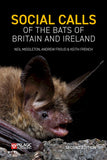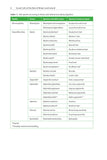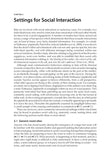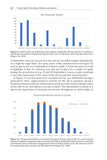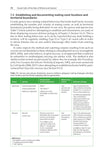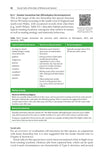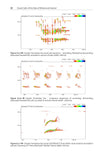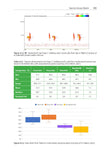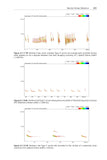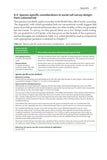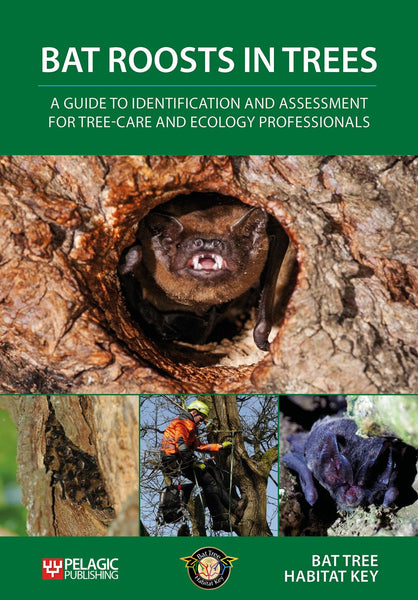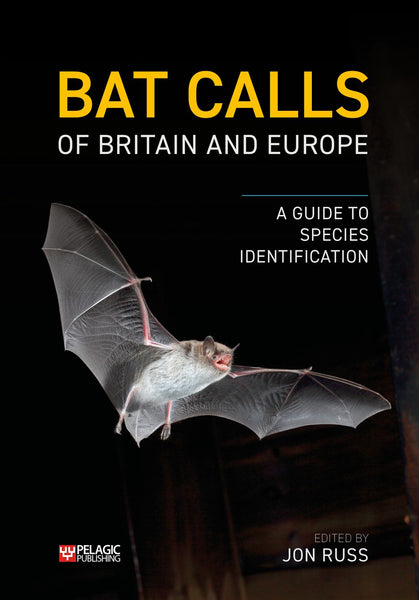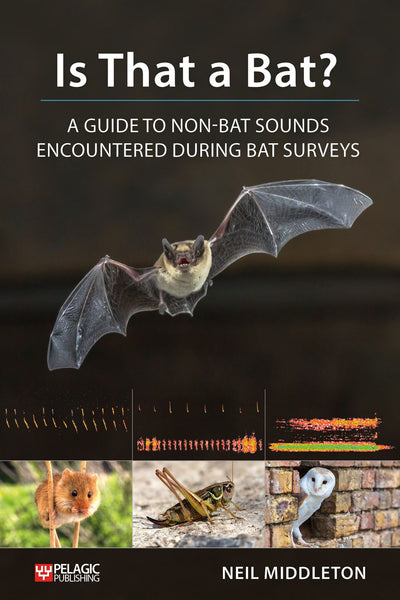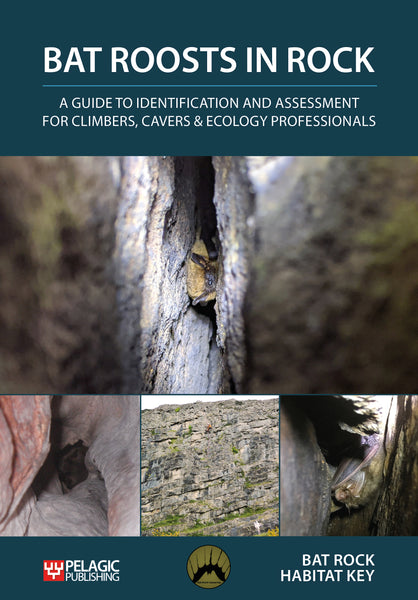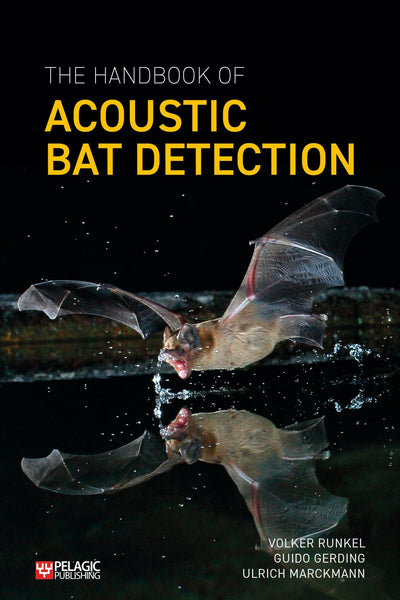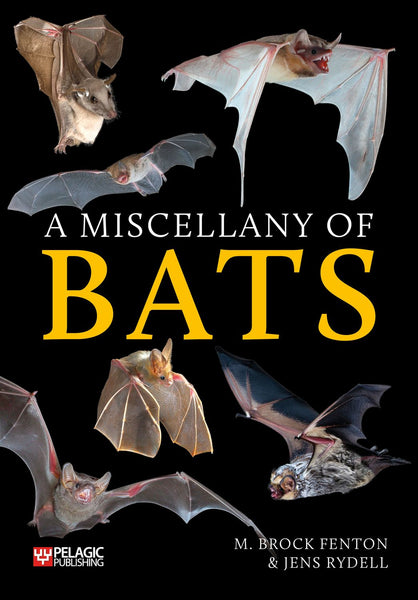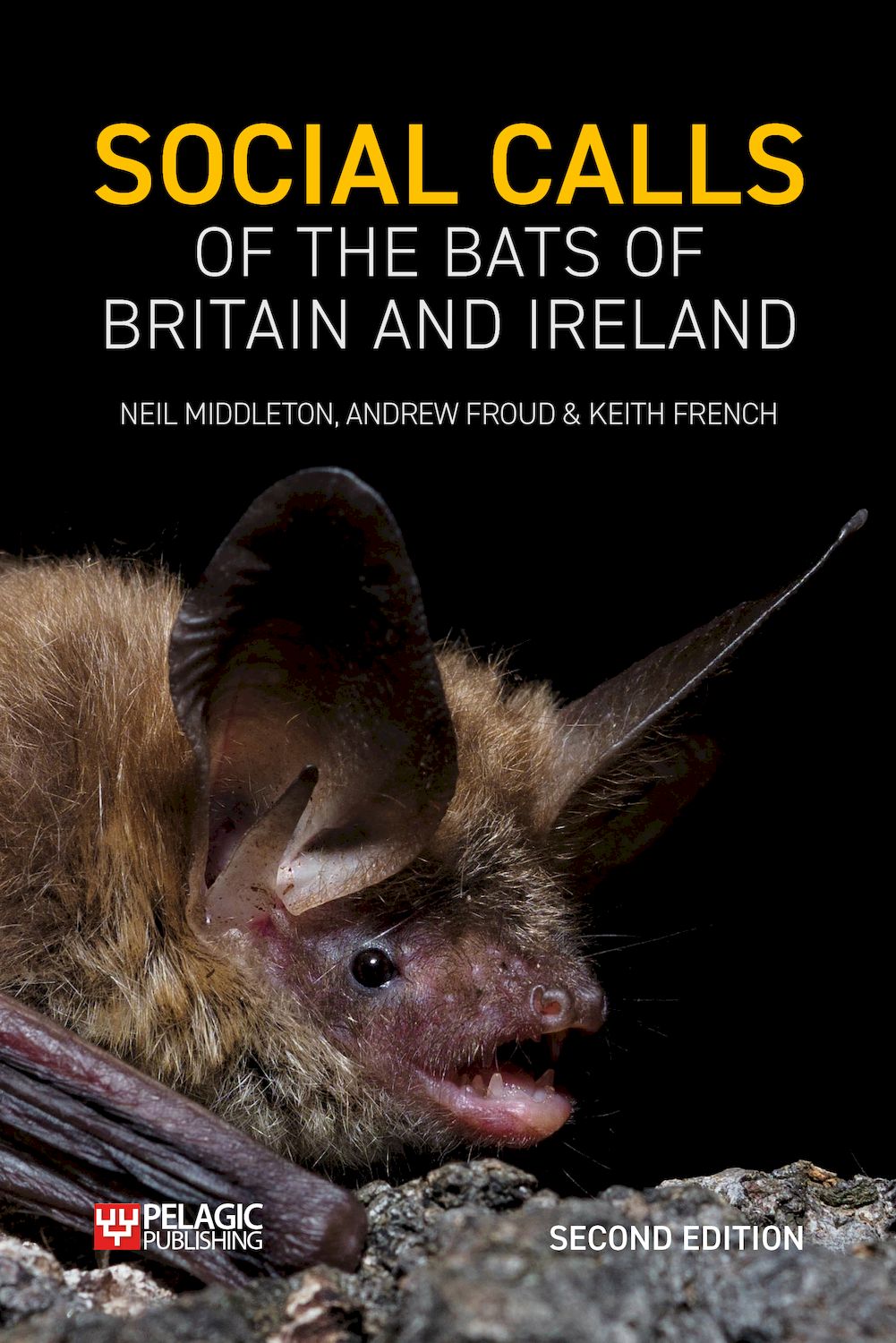
Social Calls of the Bats of Britain and Ireland
- Updated and expanded from the first edition to include additional information and new examples
- Call library now with full spectrum sound files, as well as many new examples
- Survey guidelines incorporated in the book
- This much expanded 2nd edition provides a thorough overview of bat social calls and the current state of knowledge...
—Philip Briggs, Bat Conservation Trust
- bat calls
- bats
- chiroptera
Description
The social calls of bats are an area about which relatively little is known, with more research still required to expand our understanding. However, these calls are increasingly recognised as a useful aid to identification: they appear to be species specific and are indicative of behaviour – as in territorial activity of males during the mating season. Because the gathering and interpretation of bat echolocation data are a matter of course during research, conservation and consultancy, it is a logical progression to build momentum behind the consideration of social calls in mainstream bat-related work. A better understanding of this subject could mean that non-intrusive survey methods are developed, ensuring that what is being observed is, as far as possible, purely natural behaviour. In turn this will contribute to better interpretation and more suitable mitigation, compensation and/or enhancement solutions.
The book summarises what is understood so far about social calls of the bat species occurring in Britain and Ireland, and north-west Europe. This new edition has been updated and expanded throughout, now containing:
- >> foreword by the bat authority Michel Barataud, author of Acoustic Ecology of European Bats
- >> almost double the number of figures and tables as appeared in the first edition
- >> completely overhauled call library, all in full spectrum format, with new additional examples
- >> three entirely new chapters, covering bat-related acoustics, settings for social interaction, and survey guidelines
The material will be useful to people carrying out bat studies, at whatever level and for whatever purpose, and will also encourage others to undertake further research. What's more, social calls are fascinating to listen to: they are, after all, produced with listeners in mind (other bats). In light of this, the book is accompanied by an extensive downloadable library of sound files which offer a unique gateway into the private life of bats.
DOI: 10.53061/OELT7442
Table of Contents
Foreword
Preface
Acknowledgements
About the Authors
Important Notices
1 An Overview of Bats in Britain and Ireland
2 Bat-related Acoustics: An Introduction
3 Settings for Social Interaction
4 Classification of Social Calls
5 Analysis of Social Calls
6 Considerations in Survey Design
7 Survey Guidelines (Bat Social Calls)
8 Species Groups
Appendix
Bibliography
References
Index
Reviews
- This much expanded 2nd edition provides a thorough overview of bat social calls and the current state of knowledge...I hope for continued expansions of this book in future, but in the meantime, there is plenty within this second edition to further illuminate some of the most fascinating yet often mysterious aspects of bat vocalisations.
—Philip Briggs, Bat Conservation Trust - The authors can be congratulated for their work and for opening up new insights and offering a better understanding of this complex area of research.
—Wiesław Bogdanowicz, Acta Chiropterologica
About the Author
Neil Middleton is the owner of BatAbility Courses & Tuition, which delivers bat-related skills development throughout the UK and beyond. He has designed and delivered in excess of 250 training events covering a wide range of business and ecology-related subjects. Having studied bats for over 25 years, with a particular focus on acoustic behaviour (echolocation and social calls), Neil is the author of Is That a Bat? A Guide to Non-Bat Sounds Encountered During Bat Surveys and The Effective Ecologist: Succeed in the Office Environment, both published by Pelagic.
Andrew Froud is an ecologist for the City of London Corporation and has been working with bats for more than 20 years. The primary focus of his bat-related research has been the ancient semi-natural wood-pastures of Epping Forest, Essex, examining the impacts of habitat management on the local bat population. He also has a broader focus on veteran tree management and the restoration and creation of dynamic habitats within the wood-pasture ecosystem.
Keith French was born and raised in the countryside. Working first with cattle and sheep, then as a gamekeeper on a small country estate, it was when he moved to Epping Forest, in 2001, that his interest in bats was born. Two years later, while attending a bat training course, he met the co-authors of this book; this led to them working together on many bat-related studies. Keith has been fortunate to record bats in some exotic locations such as the Amazon, Costa Rica, USA and several African countries.
Bibliographic Information
 300 pages
300 pages - 280 figures
- 61 tables
- BISAC SCI070030, SCI020000
- BIC PSVW7, WNCF, RNC






